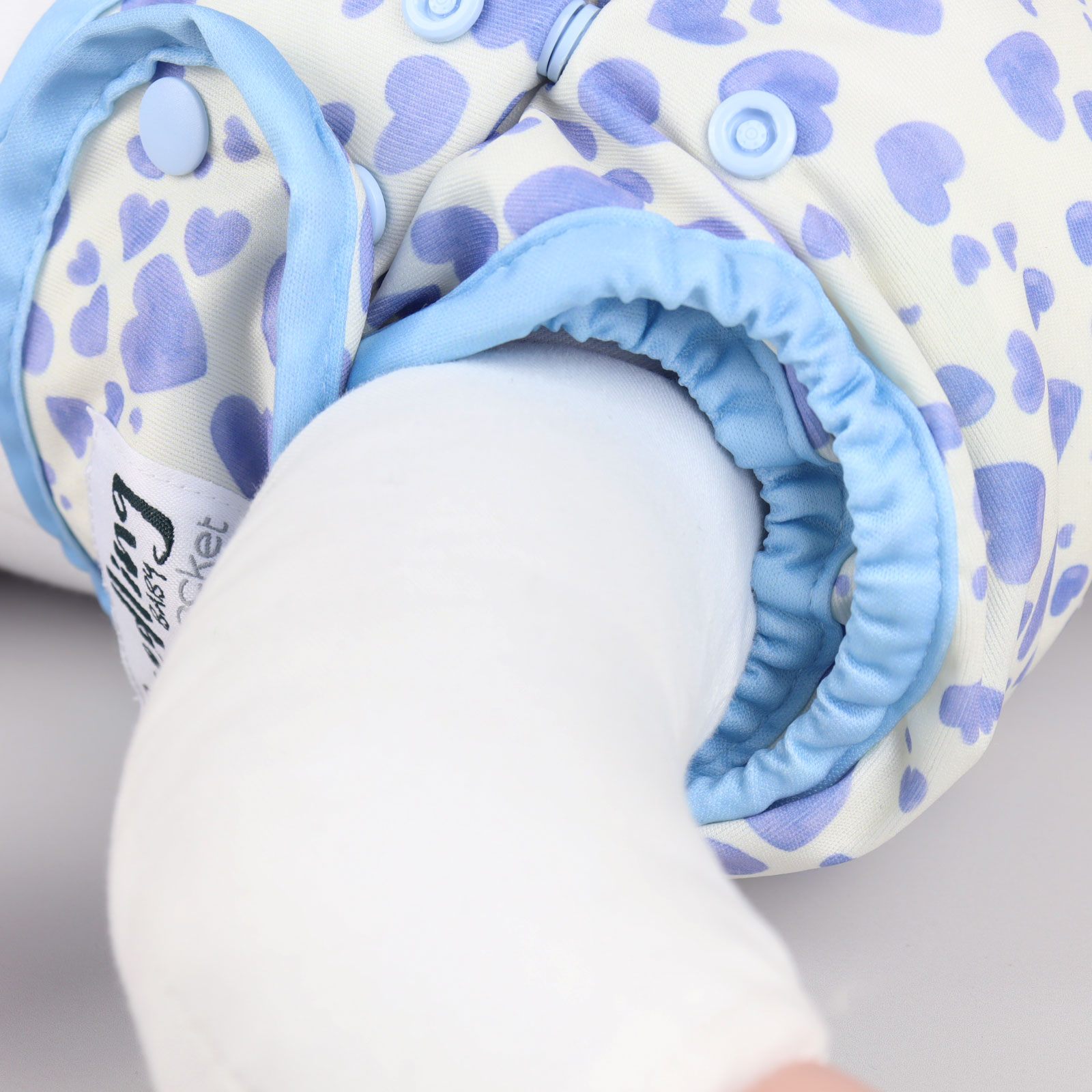How To Prevent Nappy Leaks
No one likes a leaky nappy. But it is something we will all experience from time to time, regardless if we use cloth nappies or disposable ones. It is important to remember that a singular leak doesn't signify a major issue that needs fixing - keep an eye on patterns such as leak location, length of time, and the circumstances before deciding if you need to find a solution.
Below we identify the sources of leaks and help you to address the problems:
.jpg) | The Nappy FitCloth nappies don't fit in the same way as disposable nappies. They fit low, and close, but they don't need to be tight to make them work. Don't worry about gaps at the waist, you want to be able to fit 2 fingers in comfortably, but the legs are the area that you want to ensure are snug. Do a little "squeeze and lift" when fitting the nappy, this will make sure the elastics are nice and snug in the knicker line. Also keep an eye out for "wing droop" which is where the front panel of the nappy slips down underneath the tab fastenings. This can create gaps at the tummy which usually lead to leaks. Some nappies have a "hip snap" to help prevent this issue, but if your nappy doesn't have this feature, try and put the nappy on a little looser. This results in the tabs fitting further around the waist, reducing pressure on the panel underneath. For more information check out our nappy fit guide > |
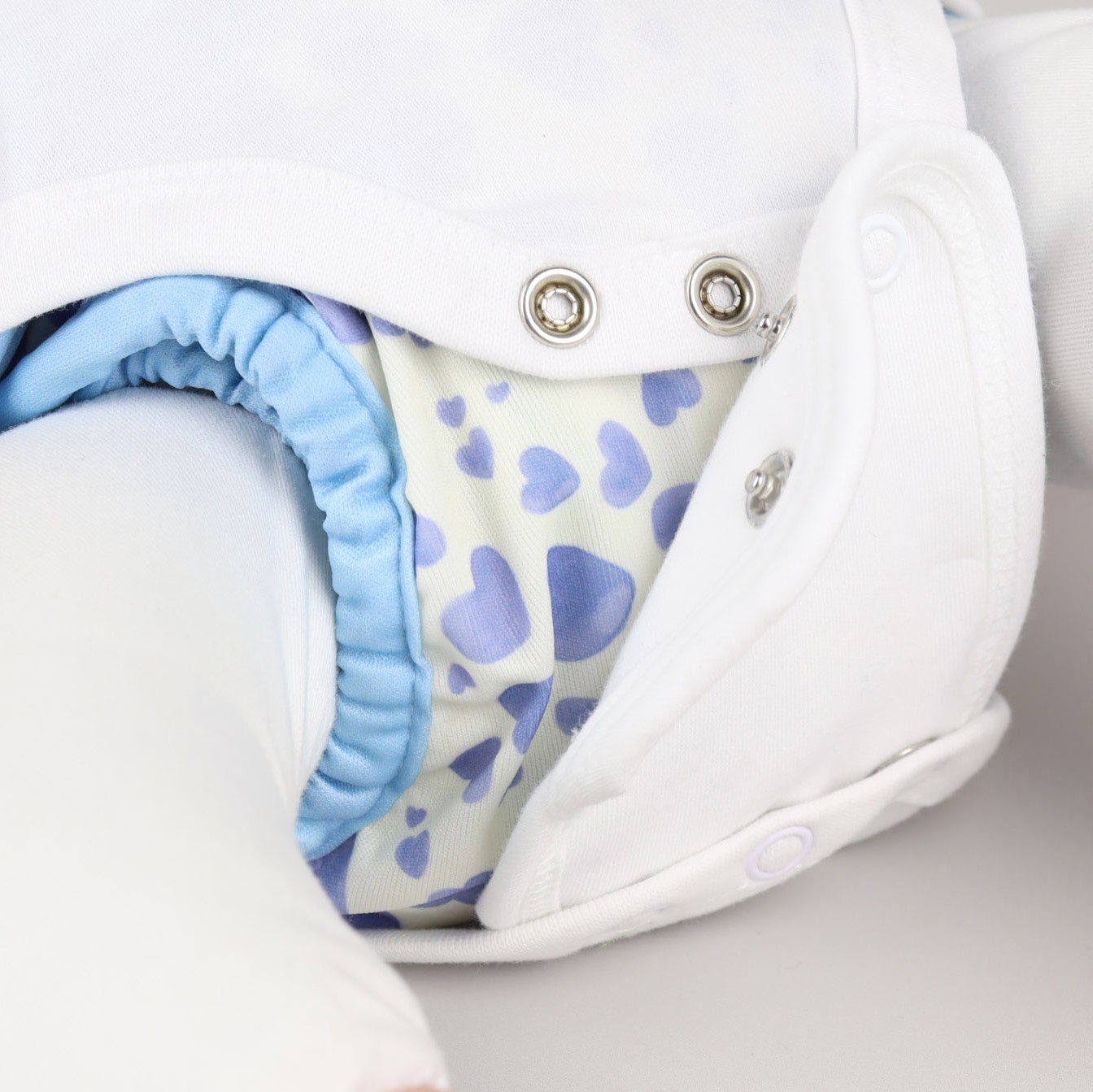 | ClothingThink of the inside of a cloth nappy as a nice, soft and absorbing sponge. The liquid in it is nicely contained but if you squeeze it too much, it will leak. The same principle applies to cloth nappies, particularly those made of polyester microfibre. Clothing shouldn't be tight, otherwise you can get compression leaking. Vest extenders are a great solution as they allow more room for the nappies and reduce any pressure on the fibres. |
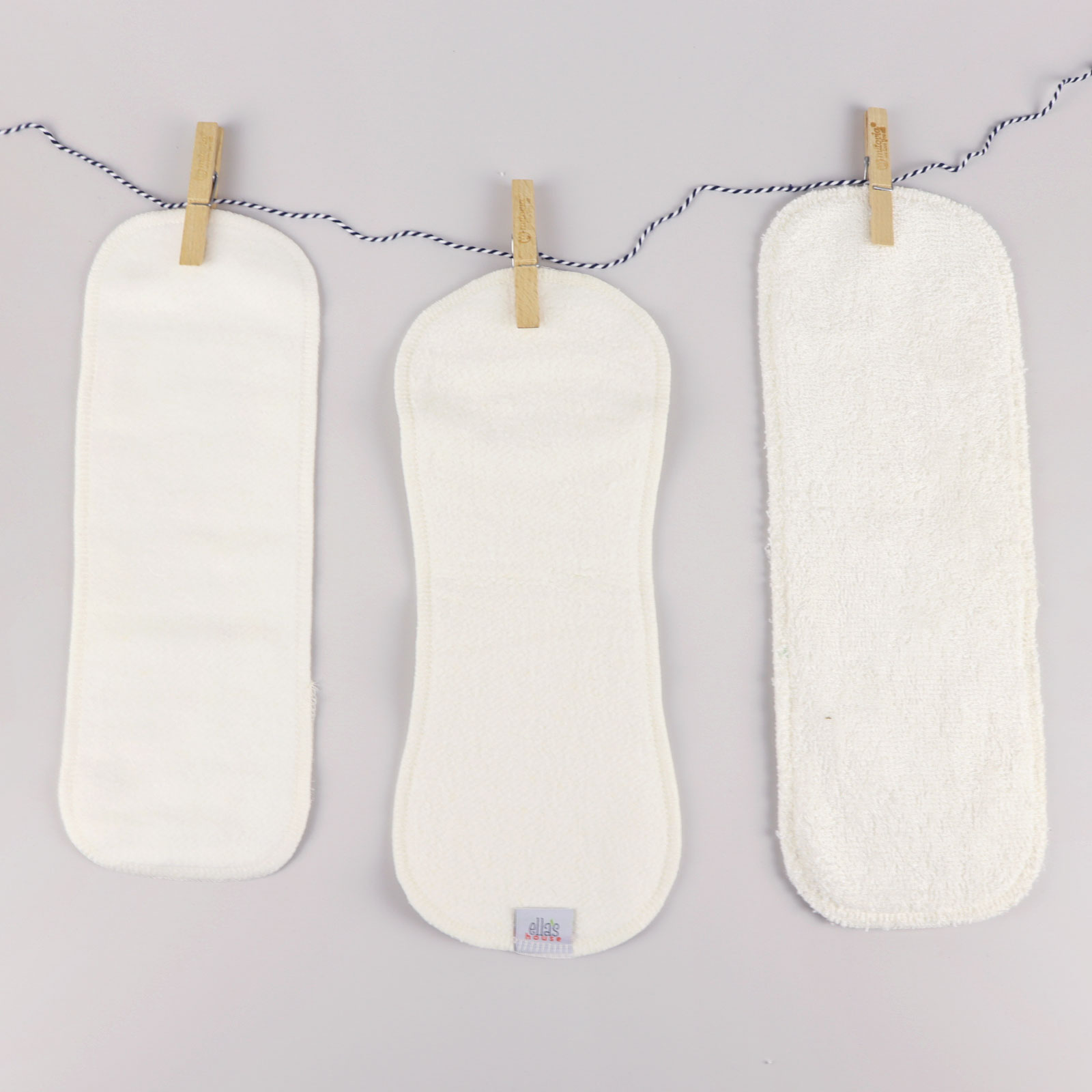 | BoostingCloth nappies are all about the layers! There are no chemical gels here, just material, and you need to ensure you have enough layers of it for the nappy to last as long as you need it to. If you are getting leaks after just a couple of hours, and the nappy is saturated, you need more absorbency. Try adding some natural fibre boosters to your nappies, such as bamboo. It really can make all the difference. Just be careful not to over-boost, for example, if you stuff lots of bulky inserts into a pocket nappy, this can push the waterproof layer further from the body, thus creating a gap around the legs. This is counterproductive. |
|
| Waterproof LayerMake sure your waterproof layer is sound. High heat can damage the material that makes them waterproof. Washing at hot temperatures, using a tumble dryer or placing the cover directly onto radiators or heated dry racks can interfere with their integrity and compromise performance. As can washing with harsh chemicals. So check for holes or wrinkled patches on your nappy. Nappy covers shouldn't be tumble dried, and will dry so quickly on an airer anyway. This will help to preserve them, and help them to last longer. Selecting a nappy or cover with a double gusset at the legs can also help with containment. |
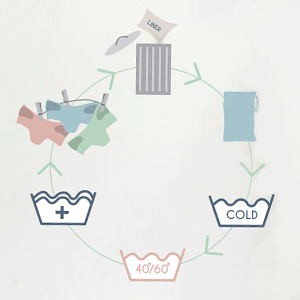 | WashingIf your nappies are brand new, remember that natural fibres can take up to 10 washes before they reach their full absorbency. Ensure that your nappies aren't affected by detergent build-up. You need plenty of water in your machine to rinse effectively, add an extra rinse cycle at the end and and if your washing machine has a low water function, switch this off. If you are concerned that you might have a build up, give them a few rinses, leave in the bath overnight, or out on the line on a rainy day. Always remember not to use fabric conditioner, this will coat the fibres and liquid will slide over your nappies rather than get absorbed. |
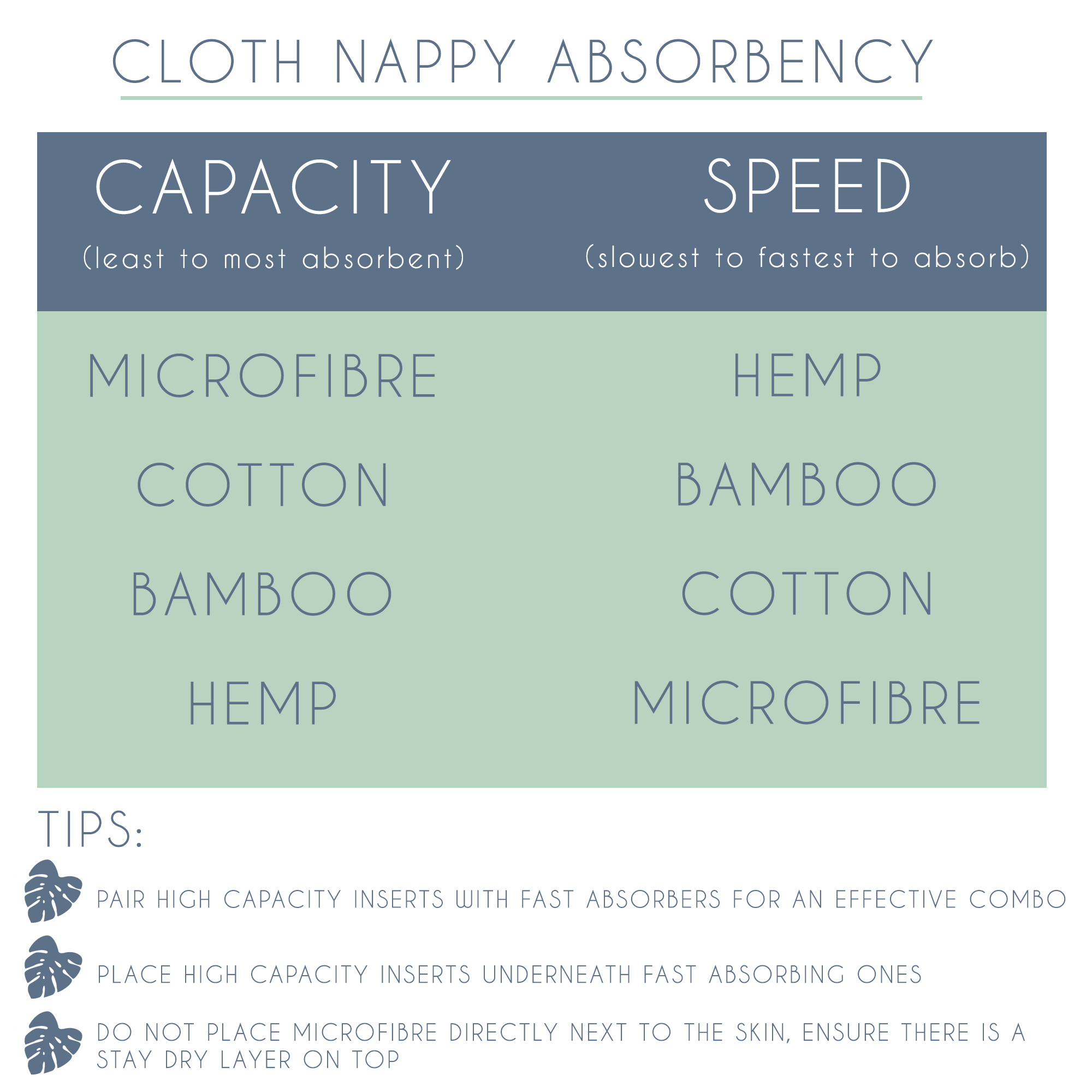 |

